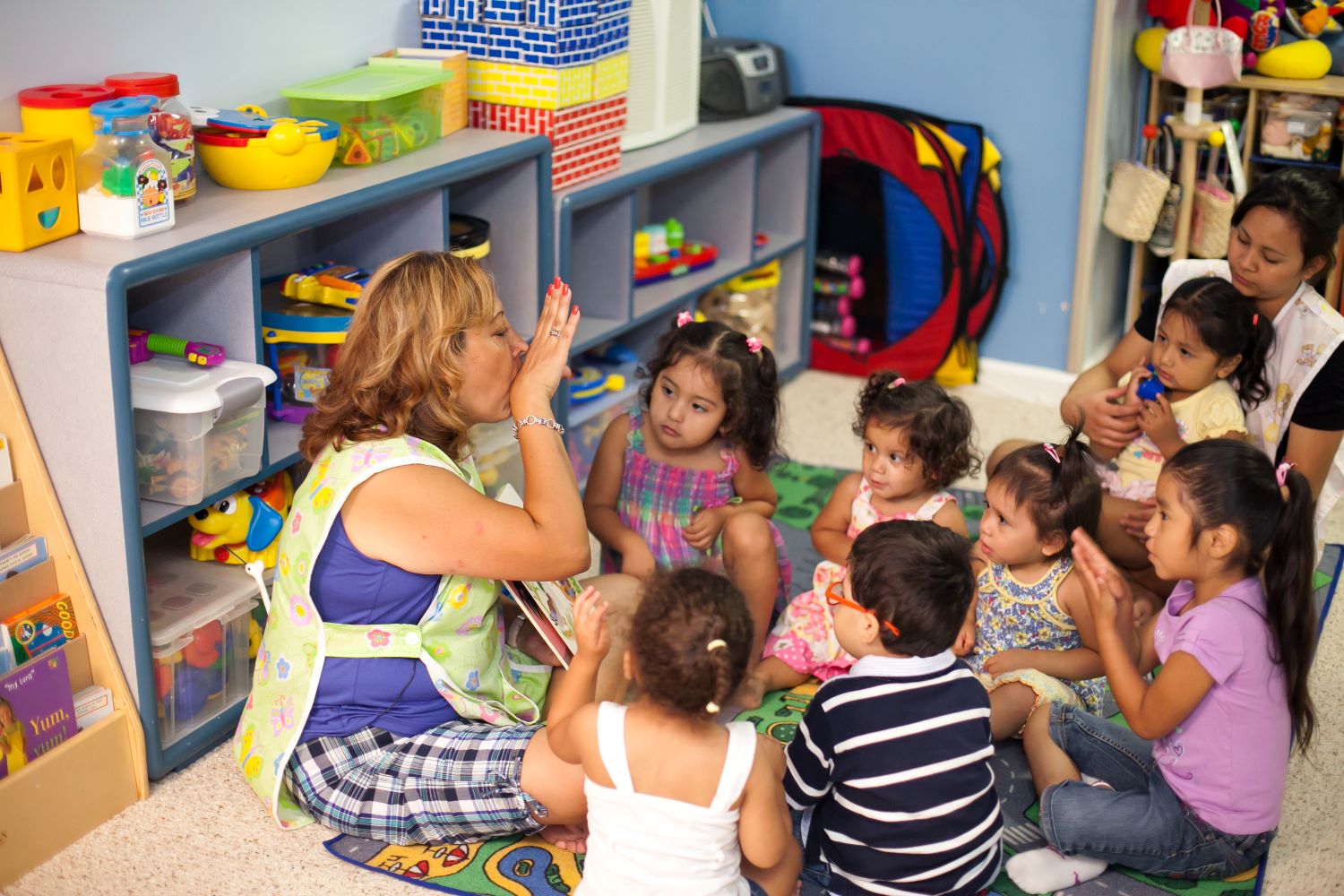
Small group sizes in classrooms and family child care homes allow adults, infants, and toddlers the time and space to get to know each other well. In these intimate settings, adults are better able to observe children to learn their cues, discover their interests, and determine where they are on their developmental journeys. (See 45 CFR §1302.21(b)(1)-(2) and 45 CFR §1302.23(b)(1)-(4).) Small group sizes also ensure “safety, close relationships with adults, and a level of noise, activity, and social stimulation that each child can handle,”[1] in other words, that suit the different temperaments of infants and toddlers.
For these reasons, limiting how many infants, toddlers, and adults attend a home-based socialization group can also be useful. Smaller groups give home visitors and other home-based program staff more time to observe families interacting with their children and provide individualized coaching, modeling, and other types of support.
[1]Zero to Three, Caring for Infants & Toddlers in Groups, 41.
Read more:
Resource Type: Article
National Centers: Early Childhood Development, Teaching and Learning
Last Updated: September 27, 2023